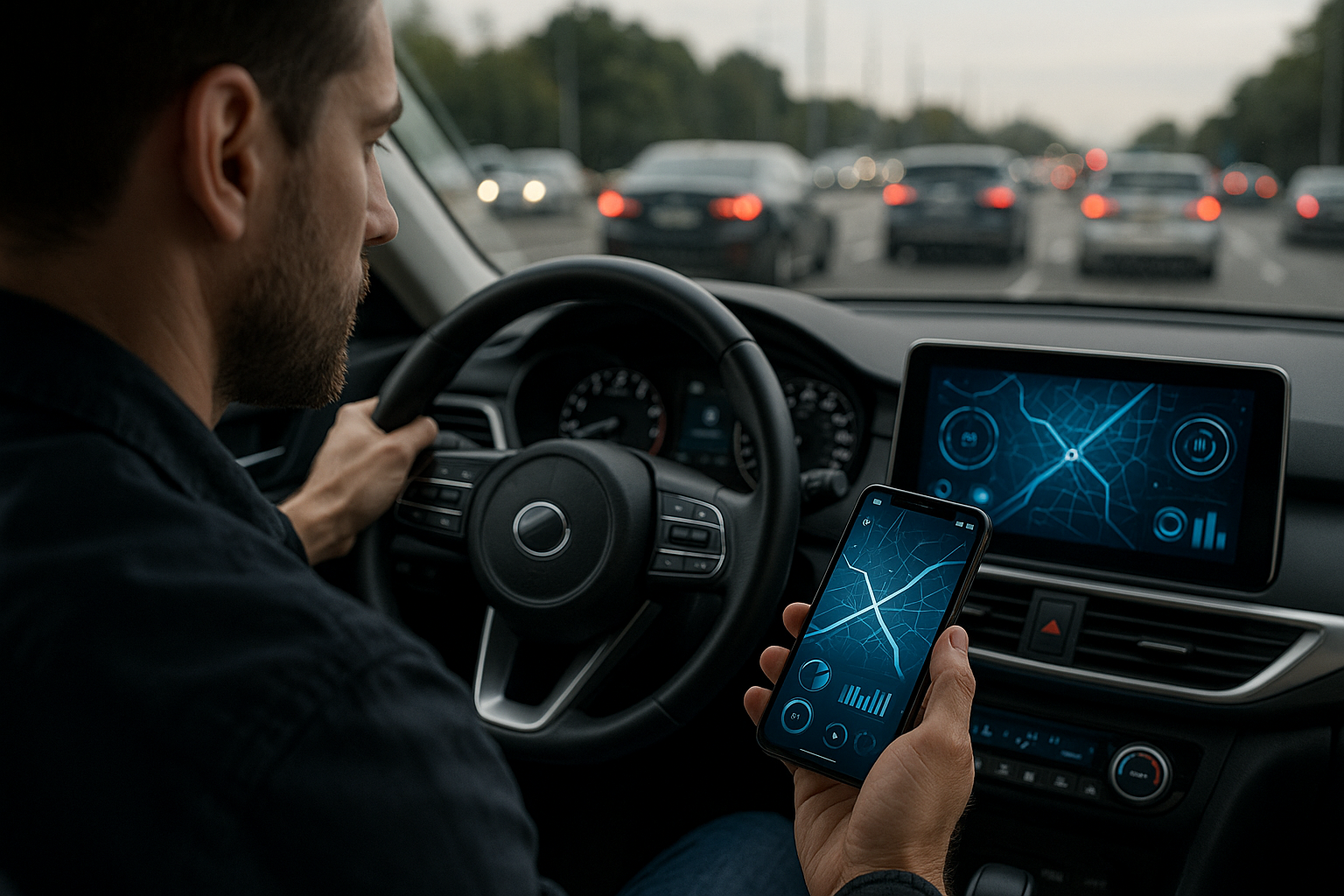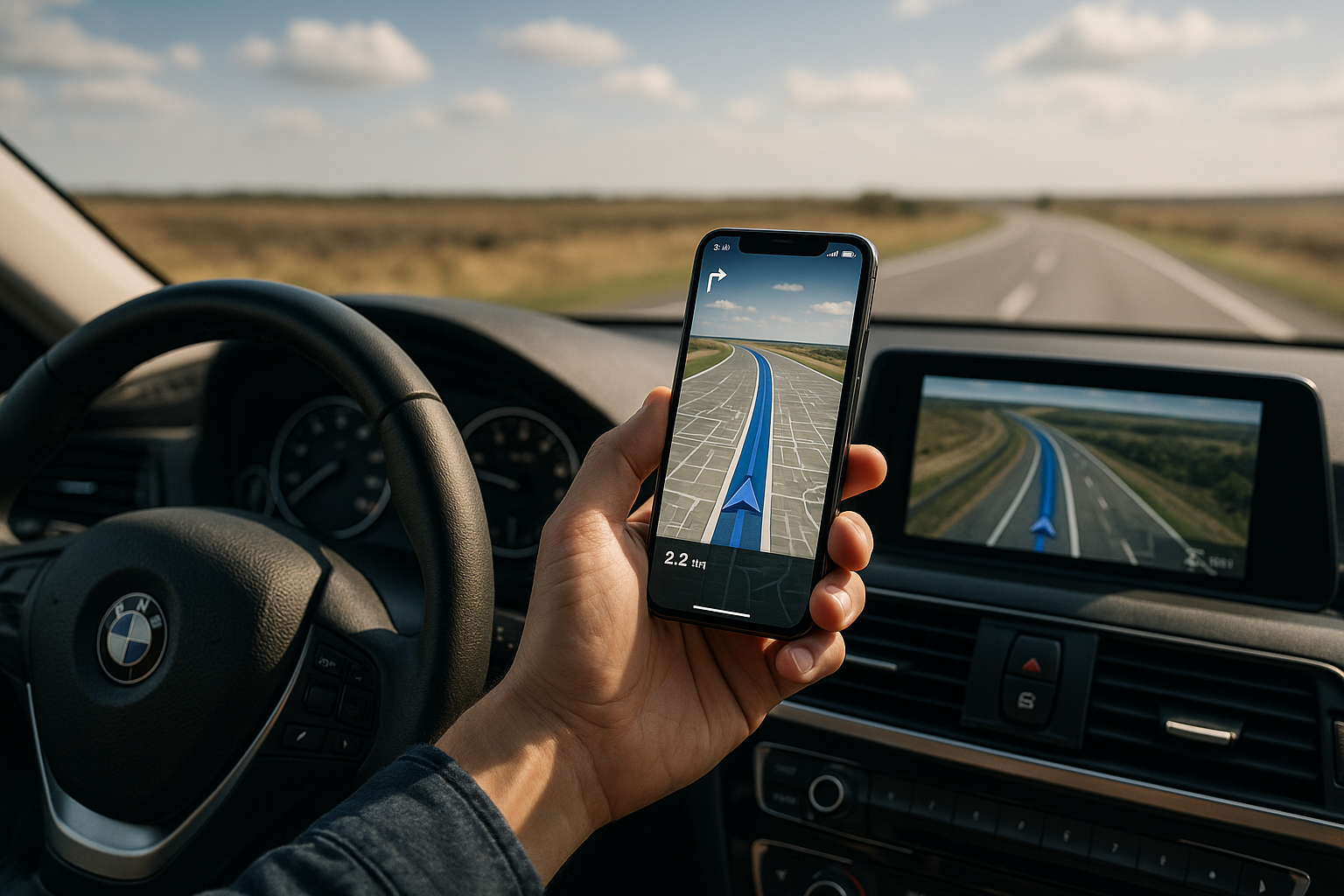The Intriguing World of Vehicle Telematics: A Comprehensive Dive Into Its Realm
In the hustle and bustle of today's fast-paced world, technology has become an integral part of our lives, shaping our daily routines and even the way we drive. One such technological advancement that has been transforming the automotive industry is vehicle telematics. But what exactly is it and how does it impact the way we operate and maintain our vehicles? Let's delve into the fascinating world of vehicle telematics.

The Emergence of Vehicle Telematics
Vehicle telematics, a blend of telecommunications and informatics, emerged in the late 20th century as a method of monitoring vehicles. The technology originally utilized GPS and onboard diagnostics to record movements and performance of vehicles. However, as the technology evolved, it began to include functionalities like real-time tracking, fuel management, and predictive maintenance, leading to safer, more efficient, and cost-effective driving experiences.
The Functionality of Vehicle Telematics
Modern vehicle telematics systems are composed of a GPS receiver, a network connection, and an interface for the user. The GPS receiver tracks the vehicle’s location and movement, while the network connection, typically via a cellular network, allows for the transmission of this data to a central server. This data is then processed and made accessible to the user through a software interface, providing live updates and comprehensive reports about the vehicle’s condition and performance.
Current Applications and Industry Trends
In recent years, vehicle telematics has found widespread applications in fleet management. Companies use telematics systems to monitor their fleet in real-time, track fuel consumption, plan efficient routes, and schedule maintenance. This not only leads to significant cost savings but also improves the overall productivity and efficiency of fleet operations.
Vehicle telematics is also making its way into personal vehicles. From providing real-time traffic updates to emergency services in case of an accident, the technology is enhancing the way we drive. The integration of telematics with smartphone apps and smart home devices is a trend that is gaining momentum and is set to redefine personal mobility.
The Impact and Future Prospects
The impact of vehicle telematics is far-reaching. It’s not just about knowing where your vehicle is; it’s about understanding how it’s being used, how it’s performing, and how to make driving safer and more efficient. Telematics data can highlight driving behaviors that increase the risk of accidents, such as harsh braking or speeding, enabling drivers to make necessary adjustments.
Looking ahead, as the Internet of Things (IoT) continues to evolve, we can expect to see vehicle telematics becoming more integrated with other smart devices, leading to an entirely interconnected transportation ecosystem. The future of telematics also encompasses advanced features like predictive analytics and machine learning, which could further enhance vehicle safety, maintenance, and efficiency.
The Challenges Ahead
Like any technology, vehicle telematics also faces its share of challenges. Issues such as data privacy, cybersecurity, and standardization are prominent. As telematics systems collect and transmit vast amounts of data, ensuring the security of this data from cyber threats is critical.
Moreover, the lack of standardization across telematics systems can hinder their interoperability, which is crucial for the development of a fully integrated transportation ecosystem. Nonetheless, as the technology continues to advance, solutions to these challenges are likely to emerge, paving the way for the widespread adoption of vehicle telematics.
In conclusion, vehicle telematics is a groundbreaking technology that is changing the way we understand and interact with our vehicles. Its applications are vast and varied, from enhancing personal mobility to revolutionizing fleet management. As we navigate this exciting realm of possibilities, one thing is clear: the future of driving is smart, connected, and telematics-powered.






